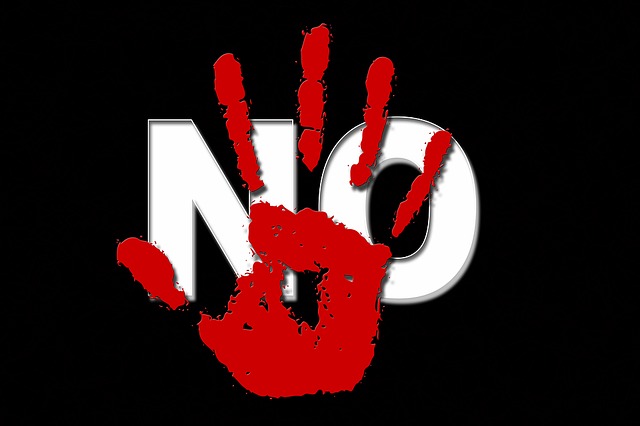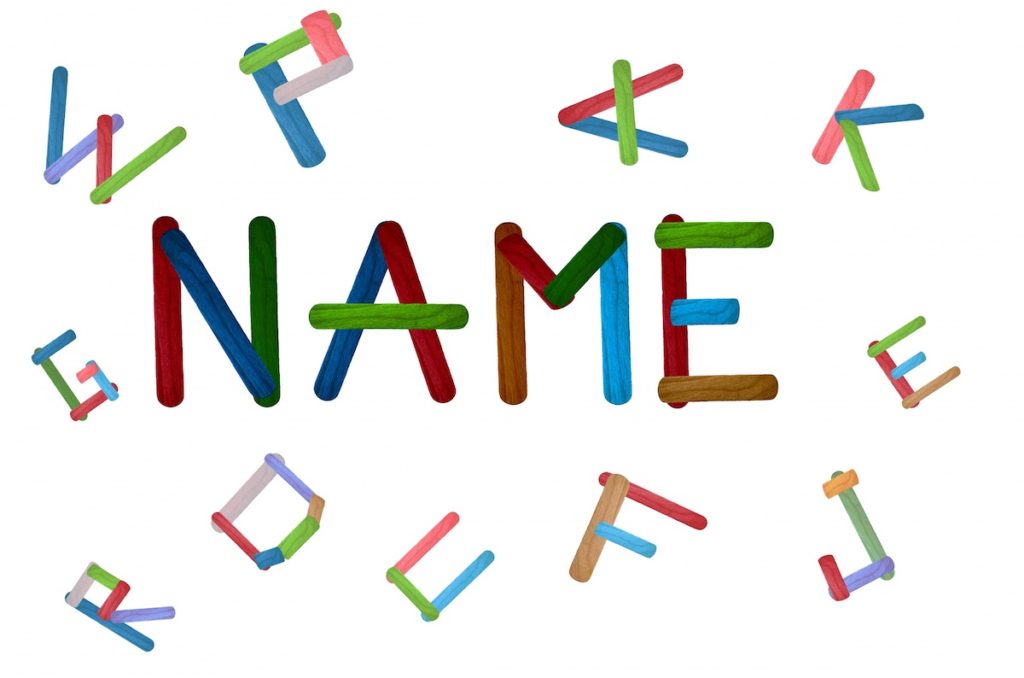
One unique feature of the Mental Health Act (MHA) 1983 is the role of Nearest Relative, identified using a list based on closeness of blood relationship or marriage. The Nearest Relative has the right to be involved in admission and discharge decisions and to receive information; they can act independently of the detained person and do not have to represent their views.
Originally intended as a protective role, there are difficulties with how the Nearest Relative is identified. Although many Nearest Relatives will be supportive and provide a valuable safeguard, cases arise where the person at the top of the list would be entirely inappropriate, for example, where there has been abuse. Also problematic was the lack of recognition of same-sex partnerships. These difficulties led the Nearest Relative being found in breach of Human Rights legislation (JT v UK, 1997).
Parliamentary discussions prior to the 2007 MHA (that made some reforms to the 1983 Act recognised these problems, but stopped short of allowing people to choose their own Nearest Relative (Spencer-Lane T, 2011). Instead, the 2007 Act recognised same-sex relationships and made it easier to displace a Nearest Relative, although the latter requires an individual to make an application to the courts at a particularly vulnerable time. More change was still needed.
On 6 December 2018, we saw the publication of the Mental Health Act Review, a comprehensive set of recommendations for improving how people are treated under mental health legislation in England and Wales. The MHA Review committee commissioned a literature review about the role of Nearest Relative to inform its conclusions (Shaw, L. et al. 2018). Views of service users, professionals, carers and relatives reported in the literature were reviewed.
This blog looks at both the literature review and the MHA Review with regard to the Nearest Relative.

The Mental Health Act Nearest Relative doesn’t always reflect real life relationships.
Methods
A rapid systematic review to inform the MHA review was undertaken by searching seven databases and the grey literature since 1998. The protocol can be found here.
Results
There is very little research into the role of Nearest Relative, but 35 reports about 20 studies were included, 12 were prioritised due to richness of their data, including three Scottish studies.
The systematic review confirmed the difficulties with the existing Nearest Relative hierarchy and concluded it would be preferable for individuals to choose their Nearest Relative or similar. Furthermore, the law relating to Nearest Relatives was seen as potentially difficult for laypeople to understand. As such, professionals could be a source of support for both individuals and their relatives when making these decisions.
The subsequent MHA Review adopted the principle ‘Choice and Autonomy’ to emphasise the importance of people being supported to make more choices for themselves when subject to the Act. It also strengthens the involvement of carers and family members across the board. The review recommended a person should be able to choose a ‘Nominated Person’, and recommends that people have the right to opt out of having a Nominated Person. A Nominated Person should have the right to challenge treatment decisions before a Tribunal (but could also be overruled or displaced by the Tribunal) and should be consulted rather than merely ‘notified’ about renewal of a detention, extension of a community treatment order, transfer between hospitals, and discharge. Importantly, the review recommends that the Nominated Person should have access to support in fulfilling the role.
The MHA Review also recommended that when a person becomes subject to the Act who has not made a nomination and is unable to do so at the time due to lack of capacity, an Interim Nominated Person should be identified by an Approved Mental Health Professional (AMHP) until such time as the person regains capacity to choose for themselves. It is suggested this person be identified using the Nearest Relative hierarchy, or whoever the individual considers to be their next of kin. This Interim Nominated Person has the same rights as a person nominated by the individual including access to information. The review does not mention the Nominated Person having to consent to taking on the role.

People have to have made a formal nomination to have no named person.
Conclusions
The MHA review has made recommendations that solve the main problem with the Nearest Relative by giving individuals subject to the MHA choice about which non-professionals will be involved in decisions about their care and treatment. However, retaining a process where professionals identify an Interim Nominated Person could be seen as a contradiction of this principle.
The Scottish Experience
The Nearest Relative in the MHA (Scotland) 1984 was very similar to the current English MHA. Scotland’s 2003 Mental Health (Care and Treatment) Act largely replaced the Nearest Relative with the ‘Named Person’. It retained the Nearest Relative list as a means to appoint a Named Person when one had not been nominated by the individual (opting out of having a Named Person was not possible). By the time of the 2009 review of the Act (Scottish Government, 2009), problems were emerging: some people did not want a Named Person at all, and some had been allocated a Named Person that they did not want. The review recommended the removal of the default role: Firstly for reasons of individual choice on both the part of the person subject to the Act and reluctant potential Named Persons. Secondly, although a default Named Person might work out fine for some people, when it did not, it had the potential to cause serious harm especially with regard to sharing information. Despite the difficulties, the Scottish Government retained a default role, seeing it as protection for vulnerable people who had not appointed a named person. The default role did not last and was finally removed in the Mental Health (Scotland) Act 2015.
The review that informed this MHA recommended that “a service user should have a named person only if they wish to have one” (Scottish Government, 2013) and this became law. There is still a mechanism to allow interested parties to intervene as they have created a role of ‘Listed Initiator’, a person who can initiate an appeal to a Tribunal including the Primary Carer or Nearest Relative (still hanging on!) but only if the person detained does not have capacity and even then, not if they have prohibited them from being involved. Crucially, this initiator does not receive any information about the individual. It is of course too early to see whether this position will endure. On the face of it, it appears better than a default appointment as it allows an intervention from an interested party if the person does not have a named person, but permits the individual to prohibit the involvement of particular individuals.
Back to England and Wales
Following the Scottish experience it would be no surprise if the Interim Nominated Person becomes defunct in time. Such appointments made either by default or by professionals, although usually well-meaning, risk being harmful to all involved. If the Act is to promote choice and involvement, the focus should be on encouraging take up of a Nominated Person by those at risk of detention and in the absence of this (especially in first encounters with the MHA), consider more limited powers that protect confidentiality, perhaps similar to the Scottish ‘Listed Initiator’.

In Scotland the MHA recommended that “a service user should have a named person only if they wish to have one”.
Strengths and limitations
This systematic review brings together all of the research about the Nearest Relative for the first time and the MHA review has subsequently recommended a major change enabling people to have an active choice about who can be involved in decisions about their care.
However, there still remains the potential for an Interim Nominated Person, appointed by an AMHP, who will receive information about the individual against their wishes.

This review aims to enable people to have an active choice about who can be involved in decisions about their care.
Implications for practice
The work of AMHPs could be simplified if these recommendations become law and service users appoint Nominated Persons.
However, in the case of no nomination having been made, we are back to the situation of an AMHP having to identify an Interim Nominated Person, which should be easier than identifying the Nearest Relative, but still risks patient confidentiality.

The responsibility to identify an Interim Nominated Person is likely to sit with an Approved Mental Health Professional (AMHP).
Conflicts of interest
Three publications by Dr Kathryn Berzins were included in this systematic review.
Links
Primary papers
Shaw L, Nunns M, Briscoe S, Anderson R, & Thompson Coon J. (2018) Experiences of the ‘Nearest Relative’ provisions in the compulsory detention of people under the Mental Health Act: a rapid systematic review. Health Serv Deliv Res 2018; 6 (39).
Other References
Spencer-Lane T. (2011) The Nearest Relative and Nominated Person: A Tale of Parliamentary Shenanigans. International Journal of Mental Health and Capacity Law 2011 Spring (21) 48-60.
Scottish Government (2009) Limited Review of the Mental Health (Care and Treatment) (Scotland) Act 2003, March 2009
Scottish Government (2013) A Consultation on proposals for a Mental Health (Scotland) Bill, December 2013

When the person being assessed is older, the nearest relative is often the sibling who has followed their troubled journey for longest and gets to sort stuff out when things go wrong. It’s hard enough to help without being excluded from MHA/MCA assessments (they’re usually combined these days) or even notified (often at less than one hour’s notice) that they’re taking place. No one should be left to face a legal process alone when they’re at their most vulnerable, even if that’s what they think they want.
Thank you Kathryn for this helpful article and it is great to have another voice calling for individuals being able to choose how friends or relatives are involved when someone is under the Mental Health Act.There is now clearly very widespread support nomination in place of the current system.
I was on the Working Group of the Review and the Topic Group that considered Nearest Relative and also wanted to take this chance to clarify a couple of specific points within the article as they relate to the Review’s recommendations.
The article says that the Review “does not recommend that people have the right to opt out of having a Nominated Person” but on p84 of the Review it says that:
“We also understand that some service users do not want anyone involved, and, if they
have capacity to do so, they would be able to use the nomination process to ‘opt out’ from
having either a N[ominated P[erson] or an I[nterim] N[ominated] P[erson].”
The difference between this and the Scottish Named Person model is that the default position for those in Scotland who have not made a nomination is that they do not get a Named Person, whereas under this model an Interim Nominated Person would be appointed (assuming someone suitable is available). The rationale for this is that many of those who most need support – for example, at the point of a first detention – may not have made a nomination and would otherwise miss out on this important safeguard. Greater AMHP involvement in the INP process would reduce the risk of inappropriate people being appointed, compared to the Nearest Relative fixed list.
I also don’t think it is quite right to say that under the Review’s model the “Interim Nominated Person has the same rights as a person nominated by the individual”. While that is true in relation to the rights and powers that broadly equate to those of the existing nearest relative (around admission and discharge), the Review says (p84) that “Additionally, where a patient has given consent, NPs should have the right to be consulted on care plans”. The fact that INPs are not mentioned in this sentence is intentional, and stems from a desire not to give new powers around care planning, and related access to information, to someone who has not been nominated. Additionally, the mention of consent envisages that some people may want to make a nomination without wanting to give their NP the new powers around care planning.
Hopefully those are a useful clarification of the Review’s recommendations.
I am only just getting up to speed with what these changes may mean. And see now the latest implications of the last care plan, and why completing any of it, potentially impacts on our older POA. A bit sneaky – but then as a NR I did insist on a second opinion. Until this point we had spent 25 years working with various metal health teams, good professionals, as a team. With long periods of stability.
I can see the sense in saying the relationship of the nearest relative may not reflect the actual relationship intended, or the relative maybe unsuitable. However, there is also considerable experience and knowledge in many, and probably most nearest relatives. Was the framing biased towards unsuitable nearest relative outcomes? I don’t know and don’t feel confident to spot it. Nevertheless, with diminished community resources many NRS will be the only care givers of any significance.
My concerns, as a nearest relative is that by the time anyone has listened to a deteriorating episode of mental health, the relationship may have become a bit strained.
I’m also not sure whether there is comparative data and research on the predictive revolving door or worse, outcomes when nearest relatives are ignored, or for some reason not consulted.
Let’s not forget – there were after all, legal safeguards, allowing removal of nearest relatives.
Perhaps the legal safeguards were not always timely, may have been cumbersome and inconvenient. However, there was a perfectly legitimate process to remove an unsuitable nearest relative.
How do nearest relatives now remove unsuitable advocates or clinicians. clinicians with the weight of the NHS, or big health behind them and their own professional bodies. Or advocacy services – many large charities with big legal teams.
Do see the efforts and distress many NRS have to endure, even when there is a death, see the story of Connor Sparrowhawk and justice for LB.
It seems there’s a big assumption being made here. That nearest relatives must be treated with a special level of suspicion.
There appear to be assumptions that clinicians and professional advocates don’t have these conflicts of interest, or at least if they do they are uniquely qualified to understand how those maybe playing in their decision making. Including conflicts around their own professional judgements, and individual and cultural experiences.
Often the nearest relative has been trying to hold everything together. To keep someone safe, to limit the damage of any fallout once their loved one is on the road to recovery.
The bar is rightly high for detention under the MHA. Aspects of this bar have become higher, that may mean access to treatment and a good, longish lasting recovery are diminished.
I’ve never quite understood why the MCA is deemed less restrictive. It’s a complete minefield. The restiveness clearly illustrated during the pandemic by NRS trying to take their loved ones home. Vital extra eyes in under staffed care homes removed. And in the latest struggles, vaccinated NRS, following all the rules, being kept apart while unvaccinated health and care workers can continue to move in and out despite the Green Book and their “professional duty of care”.
Just to clear – there was 25 years of good working relationships with professionals. And then 3 years of hell, and still recovering.
I hope you will understand that I do not want my relative identified so have not given my name